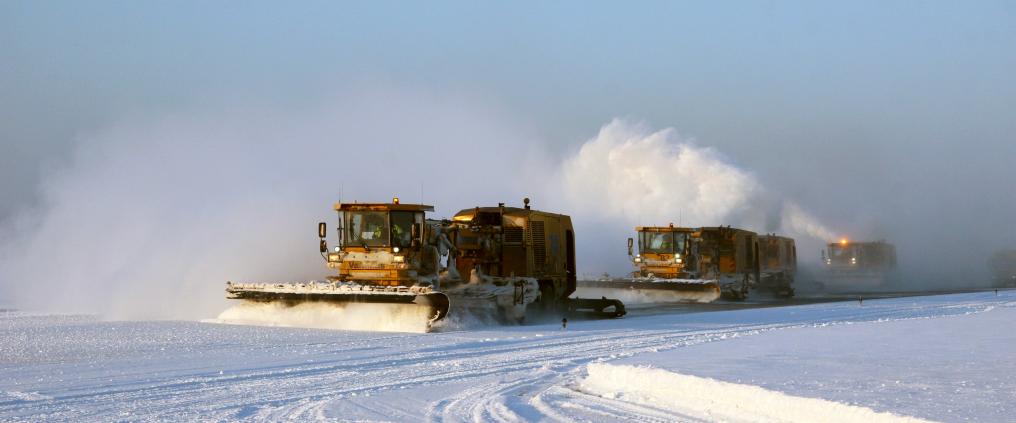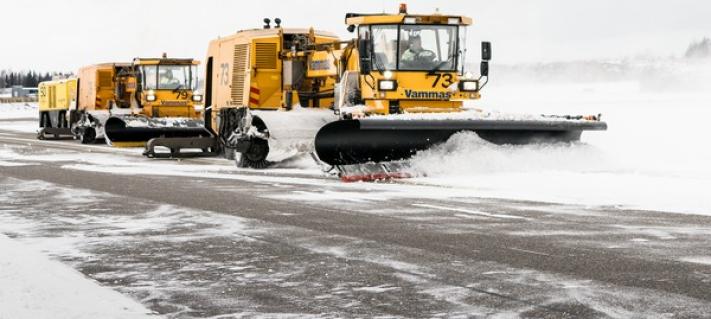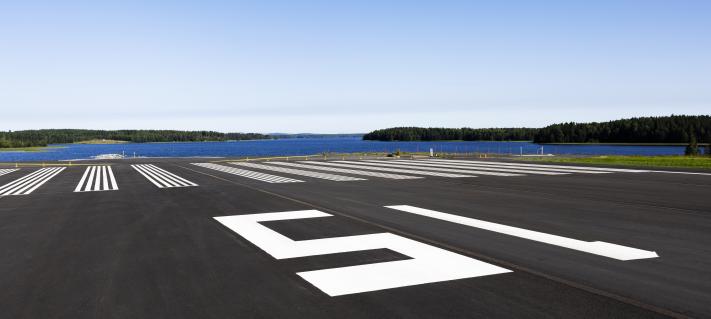“In terms of airport winter maintenance, this is the most significant change in 50 years. In order to implement the new methods, Finavia has taken part in extensive international cooperation and has been investing in planning and training our employees for several years. For our runway maintenance operations, this means the adoption of a completely new operating model,” says Henri Hansson, Finavia’s Technical Director.
The assessment and reporting of runway surface conditions in the EU changed on 12 August, and the change will come into effect outside the EU on 4 November 2021. The ICAO’s new method for assessing and reporting runway surface conditions is the Global Reporting Format.
The global change is based on the aim to harmonise the assessment of runway surface conditions and the conditions information to be reported, regardless of the geographical location of the airport.
Runway surface conditions – such as snow, ice, water and friction level – is one of the most important factors affecting the flow of air traffic. Snow poses challenges in Lapland, while ice is a challenge at Helsinki Airport.
Airport maintenance determines the condition information during a runway inspection and passes it on to air traffic control for the aircraft that are taking off or landing at the airport. The new procedure will particularly benefit airlines that fly in winter conditions less often, such as charter airlines flying to Lapland and airlines that visit Helsinki Airport less frequently.
The new global reporting format may affect the flow of traffic at Nordic airports operating in extreme winter conditions. In Finland, this applies especially to airports in Lapland.
“Although Finavia’s airports are widely known for their high level of snowhow, the new reporting format may classify snowy and icy runways as belonging to a lower condition category than before in certain circumstances. This may result in the pilot deciding to land at another airport to avoid runways that are classified as being in the lowest condition category,” Hansson says.
A wide range of authorities, organisations and airlines have worked together to prepare for the change. Finavia has cooperated closely with Nordic airports in particular. Preparations have been made for several years and the change affects the whole industry.
“Finavia’s winter expertise will remain at a high level. The company has actively prepared for the change by training maintenance staff, replacing the reporting system and acquiring new equipment. The implementation of the system has been carried out in cooperation with the airlines and the aviation authorities. The starting point of maintenance is to ensure the smooth flow of air traffic under all circumstances.”



